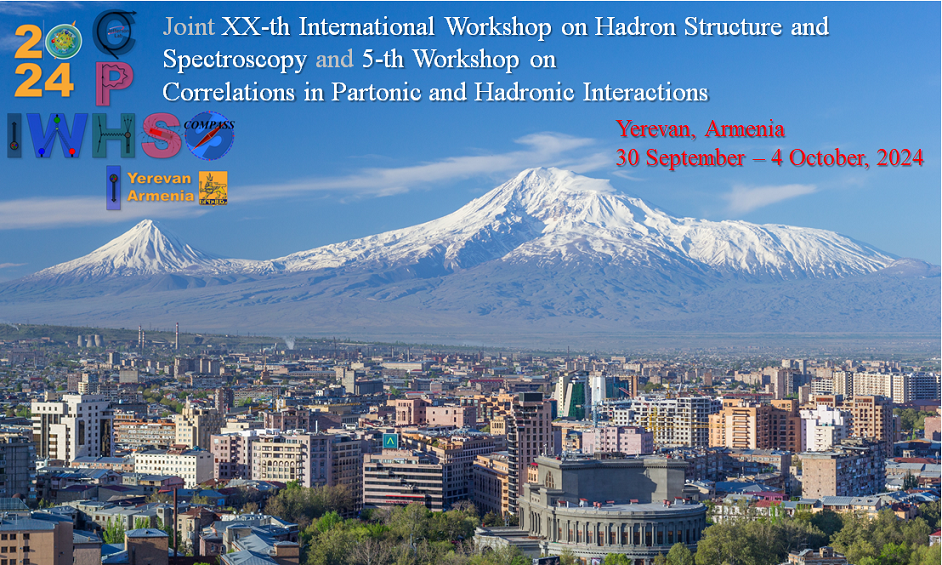Speaker
Description
The MUon proton Scattering Experiment (MUSE) at the Paul Scherrer Institute (PSI) was motivated by the proton radius puzzle. We obtain simultaneous high-precision measurements of elastic electron-proton and muon-proton scattering, alternating between positively and negatively charged leptons. The experiment will test lepton universality by comparing electron to muon scattering, will determine two-photon exchange by comparing scattering of positive to negative charged leptons, and will extract the proton charge form factor and radius from the cross sections. The experiment runs at beam momenta of 115, 160, and 210 MeV/c to cover the low-Q2 region of Q2 = 0.002 to 0.082 GeV2 which is maximally sensitive to the proton charge radius. In addition, because the beam includes electrons, muons and pions, we obtain pion-proton elastic scattering data. To date, MUSE has commissioned its experimental systems to the level needed for the measurements and performed a careful studies of the electron and muon beam properties in the PiM1 channel. As of mid 2024, MUSE has obtained nearly half of its planned scattering data, and currently is continuing to simultaneously measure elastic electron and muon scattering from a liquid hydrogen target. An overview of the MUSE experiment and current status will be given in this talk.
The MUSE experiment is supported by the US National Science Foundation and Department of Energy, PSI, and the US-Israel Binational Science Foundation.
